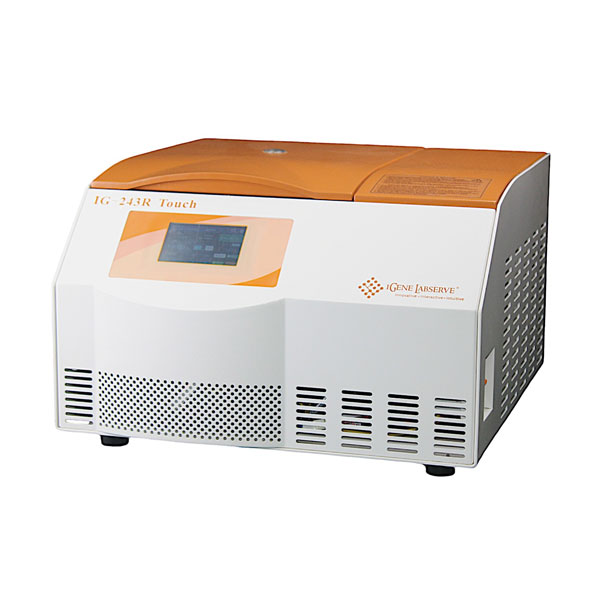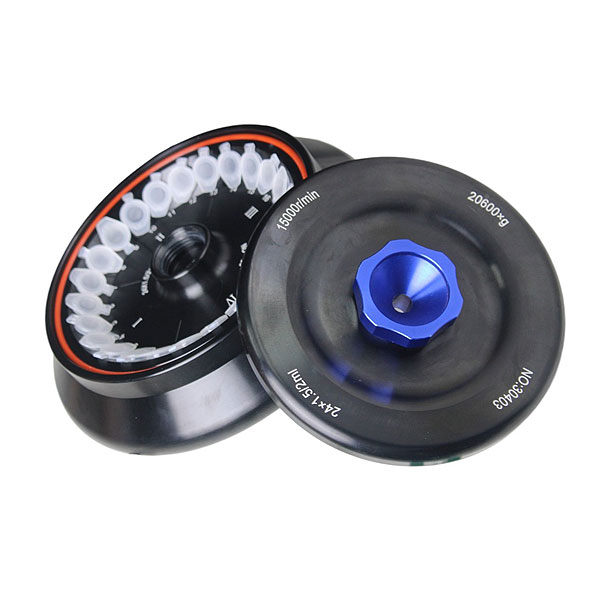The high-speed cooling centrifuge is an indispensable laboratory tool that is often used for separation of components within a mixture. When you place any sample on the centrifuge and run at very high speed, the denser particles move outward and the bottom of the tube. The lighter ones, on the other hand, stay at the too. So the entire separation process depends on the size, shape, and density of the particles. Compared to a regular centrifuge, a high-speed centrifuge generates a stronger force and helps in the separation of finer particles like DNA, proteins, and cellular components.

Understanding the centrifugation process
Are you curious to find out more about the centrifuge technology and how the process works? Here is what you need to know about the centrifugation process:
- Acceleration
The rotor of the cooling centrifuge moves at pre-set speed and generates a strong centrifugal force.
- Separation
When the rotor spins, the particles within the sample experience a wide range of centrifugal forces based on the density and mass. While the denser particles go to the outward region and also to the bottom, the lighter particles move near the top. That is how the components separate into distinct layers.
- Cooling mechanism
When the particles within the samples spin, the cooling centrifuge mechanics come into force and works to maintain a constant temperature. It is especially useful for all those biological samples like proteins, RNA, and enzyme that may lose integrity ad become less active when exposed to high heat.
The high-speed cooling centrifuge comes to a stop once the rotor stops completely. After some time, you can safely open the lid of the equipment and retrieve the samples.
How does the cooling mechanism work?

The cooling mechanism of the centrifuge is its mainstay and essential for maintaining the integrity of samples during spinning. When the rotor spins, it radiates heat and eventually enhances the temperature of the sample, which may cause degradation or denaturation. That is why the cooling system needs to work to prevent damage to samples. Here is how:
- Circulating refrigerant
The cooling system also circulates the refrigerant through the plates and cooling coils of the centrifuge that is built into the chamber walls or the rotor. When the refrigerant circulates, the heat becomes absorbed and the temperature stays stable and low.
- Monitoring of temperature
The scientific centrifuge also monitors the temperature inside the chamber exactly where the samples are placed. It also has a digital temperature sensor inside, which ensures that the samples remain at pre-set temperature throughout the process of centrifugation.
- Closed-loop system
The cooling system relies on a close-loop system where the temperature needs to be continuously adjusted. As soon as the temperature increases beyond what has been pre-set, the refrigeration system operates and brings the temperature down. That way, the temperature stays within the desired range.
So, the high-speed cooling centrifuge is an advanced device you will come across in the laboratories. It is used for spinning at a very high speed. The primary function of the device is applying centrifugal force, causing the particles within
the sample to separate based on the density, size, and shape. One of the most unique features of high-speed sample is its cooling mechanism. With this cooling system, the temperature within the equipment stays constant and lower temperature is maintained when the samples rotate at very high speed. That way, heat buildup can be reduced and the chances of samples being altered can be reduced to a great extent.
Features of the high-speed cooling centrifuge
The following are the key features of a high-speed scientific centrifuge:
- Temperature control: The device is equipped with refrigeration system that helps regulate the temperature for experiments where samples are subject to temperature fluctuations
- Versatile rotor design: High-speed centrifuge offers various rotor options to suit various samples. Usually, they have swinging-bucket and fixed-angle rotors.
- User-friendly design: Modern devices have user-friendly designs where the user can set time, temperature and speed for precision.
- Safety features: Safety is one of the top priorities in the centrifuge, so it is equipped with various mechanisms.
So, you have it all. You are now familiar with everything that you ever wanted to know about the high-speed cooling centrifuge. However, when it comes to buying one, trust only the best in India. IGene Labserve is one of the renowned sellers of laboratory equipment in India. Connect with them here https://www.igenels.com/ for more information.

